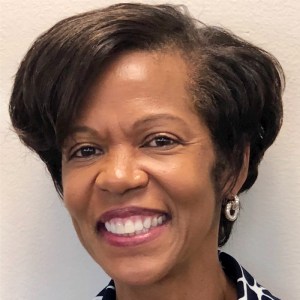By Megan Sayles,
AFRO Business Writer,
msayles@afro.com
After three decades of financial industry work, Heather Philp, senior vice president of credit card product management at Wells Fargo Bank, has seen it all. While some things in the finance industry have changed– many things stay the same. Financial literacy will always be key to effectively managing money, and failure to pay bills on time is still a sure-fire way to sink your credit.
“It’s got a very significant weight on your credit score,” said Philp. “Life happens. We go out and spend $1,000 on our credit card, something happens in the middle of the month, and when that minimum payment comes due, we forget that it should be a priority payment versus potentially going to Starbucks to get our next cup of coffee. At that point in time, we really have to prioritize doing everything we can to make that minimum payment on time.”
Philp also said using too much available credit can harm a credit score. Although an individual’s credit limit may be $2,000, it’s always best to try to keep your usage as low as possible.
Credit scores can span from 300 to 850, and Philp said people should aim for a credit score nestled comfortably in the 700 range. Better credit scores mean lower interest rates from lenders who are seeking assurances that a consumer will pay back a loan.

To improve a poor credit score, Philp said aside from paying bills on time, individuals can apply for a secured credit card, which takes a cash deposit upfront and helps establish and build credit history.
They can also diversify their debt with different types of credit accounts to indicate to lenders that they can reliably manage more than one account.
“If you’re rebuilding your credit, take a look at all the debt that you have outstanding, and always try to pay off the balance that has the highest interest rate because that helps you with starting to save money,” said Philp. “Hopefully, then it’s money that you can use to continue to pay off the debt on a month-to-month basis.”
The time it takes to improve a credit score varies person to person. It could take a few months, or it could take more than a year, but Philp said the most important thing is staying on course and adopting habits to repair credit.
She recommends taking advantage of the federal law that allows every consumer to receive a free annual credit report from Equifax, Experian and TransUnion by using AnnualCreditReport.com. This is a good way to improve financial progress and credit history.

If an individual is a Wells Fargo customer, Philp said, the bank’s credit close-up app is a useful way of seeing credit scores on a monthly basis.
“I’m always of the opinion that the more you’re tracking your actions, the better you will be in terms of being able to maintain that positive reinforcement because now you’re seeing your score improve, hopefully a few months at a time,” said Philp.
“It’s certainly not going to improve overnight. For some people it may take a year, for some people it may take a little bit longer, but it really depends on each individual’s ability to make those payments because, again, it’s those payments that help to repair the score.”
Megan Sayles is a Report for America corps member.
The post Financial Literacy 101: getting your credit back on track appeared first on AFRO American Newspapers .










